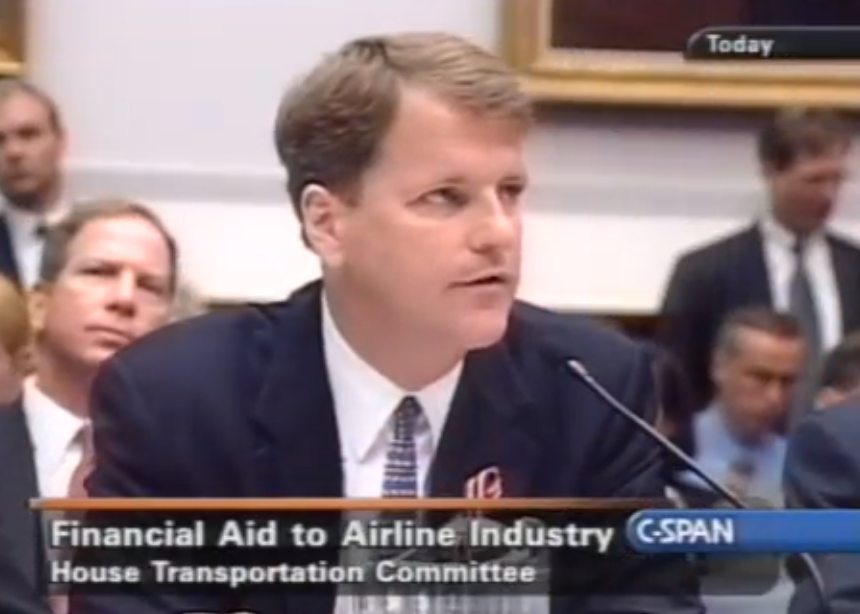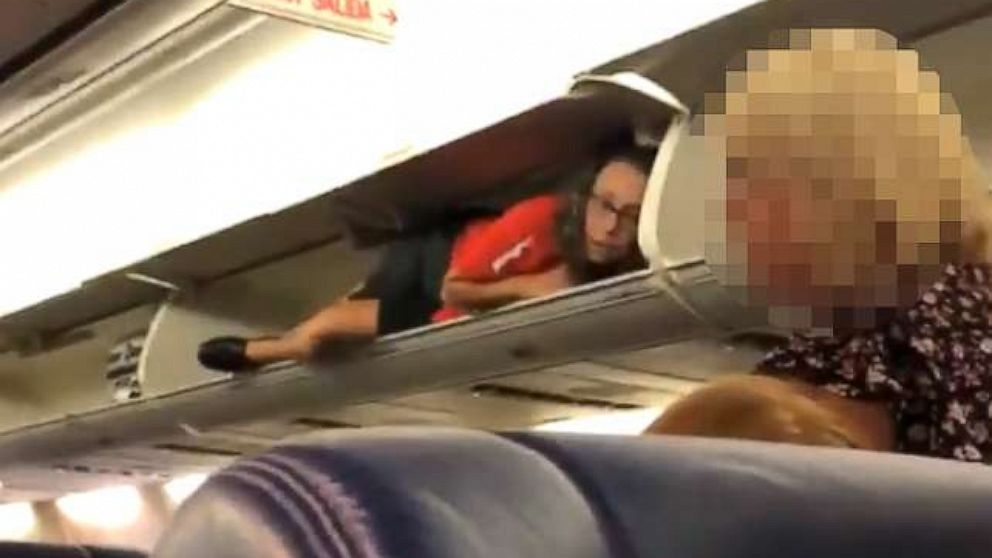


I’m trying to set that aside as a blogger and make sure I share the right perspective. My perspective is jaded by my experience as a customer. I’m a pretty loyal customer of American Airlines. Looking at Doug Parker’s legacy through the correct lens With all that said, it’s easy to point at all that and come to the conclusion that Doug Parker wanted to run the world’s largest airline and didn’t know what to do once he had it. The tentative labor agreements secured by US Airways before the merger were effective and got the deal done, but they hurt the combined airline because crews operated separately for years, making it difficult to operate as a unified airline. There was considerable overlap with both routes and hubs between US Airways and American. Realistically, though, US Airways and American Airlines couldn’t have been a worse match.Ĭustomers were not excited. It seems like a match made in heaven, a nimble organization hopefully capable of making decisions to break the monolithic structures in place at American Airlines to drive efficiency and scale. In December 2013, it became official: Doug Parker found his merger, American Airlines would fold into US Airways (although they kept the American Airlines name), and Doug Parker finally ascended to the head desk of the largest airline in the world.Īmerican Airlines was a monolith. Parker then attempted mergers with United Airlines in both 20, rebuffed only when United decided to merge with Continental instead.Īmerican Airlines declared bankruptcy in 2012 and US Airways acted swiftly, even going as far as securing tentative labor deals with American’s labor groups. US Airways attempted a hostile takeover of Delta Airlines in 2006 while Delta was in bankruptcy protection. From that point on, it appears as if Parker was hell-bent on running the largest airline in the world and made plenty of attempts to do so. In 2005, America West merged with US Airways, with Parker taking the reigns of the combined company. It’s at this point that Parker’s legacy becomes a bit controversial, depending on your perspective. Only six years later, after stints in sales, operations, and finance, Doug Parker was named Chairman and CEO of America West only a week before the 9/11 terrorist attacks in New York City. Parker continued his rapid ascent in 1995, when he joined America West Airlines as CFO. It was effective, and Parker was wooed away by Northwest Airlines in 1991 to build a similar team. The Brat Pack was a team of financial analysts trying to hone in on data and get to a more granular level of information than had been analyzed before. Robert Isom, left, and Doug Parker, right, image courtesy of American Airlines A legacy of merging and running airlinesĭoug Parker began his career at American Airlines in 1986, where he worked as part of American CEO Bob Crandall’s “Brat Pack” with analysts who would go on to run airlines themselves: Tom Horton (who ran American), David Cush (Virgin America) and Ben Baldanza (Spirit Airlines).


 0 kommentar(er)
0 kommentar(er)
